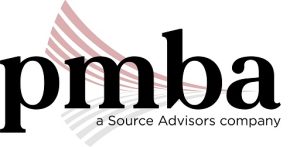
Sale or Assignment of Credit
- Taxpayers entitled to a research and development credit may sell or assign all or any portion of the credits awarded, with the approval of the Department of Community and Economic Development
- The sale or assignment of the credit will not be approved if the seller has any outstanding state taxes
- All reports must have been filed and all outstanding tax liabilities paid before the sale or assignment is approved
The purchaser or assignee must claim the credit in the tax year in which it is purchased or assigned. However, the amount of credit the purchaser or assignee may use against any one qualified tax liability cannot exceed 75% of the qualified tax liability for that tax year. The purchaser or assignee may not carry over, carry back or carry forward any amount of the purchased or assigned credit, nor may they obtain a refund or assign the purchased or assigned credit.
Carryforward
No portion of the credit may be carried back, however, once a credit is approved and applied against the tax liability for the year in which the credit was approved, any unused credit can be carried forward for up to 15 years.


